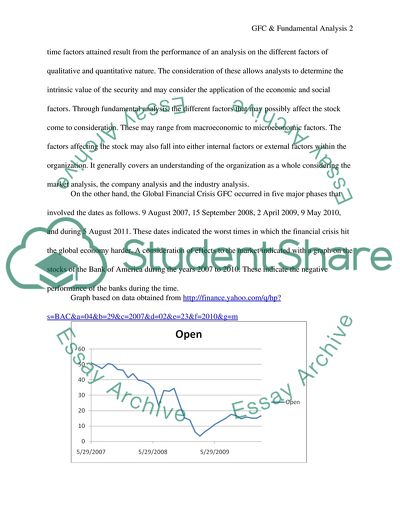Cite this document
(GFC & Fundamental Analysis Essay Example | Topics and Well Written Essays - 1500 words, n.d.)
GFC & Fundamental Analysis Essay Example | Topics and Well Written Essays - 1500 words. https://studentshare.org/macro-microeconomics/1865091-gfc-fundamental-analysis
GFC & Fundamental Analysis Essay Example | Topics and Well Written Essays - 1500 words. https://studentshare.org/macro-microeconomics/1865091-gfc-fundamental-analysis
(GFC & Fundamental Analysis Essay Example | Topics and Well Written Essays - 1500 Words)
GFC & Fundamental Analysis Essay Example | Topics and Well Written Essays - 1500 Words. https://studentshare.org/macro-microeconomics/1865091-gfc-fundamental-analysis.
GFC & Fundamental Analysis Essay Example | Topics and Well Written Essays - 1500 Words. https://studentshare.org/macro-microeconomics/1865091-gfc-fundamental-analysis.
“GFC & Fundamental Analysis Essay Example | Topics and Well Written Essays - 1500 Words”. https://studentshare.org/macro-microeconomics/1865091-gfc-fundamental-analysis.


